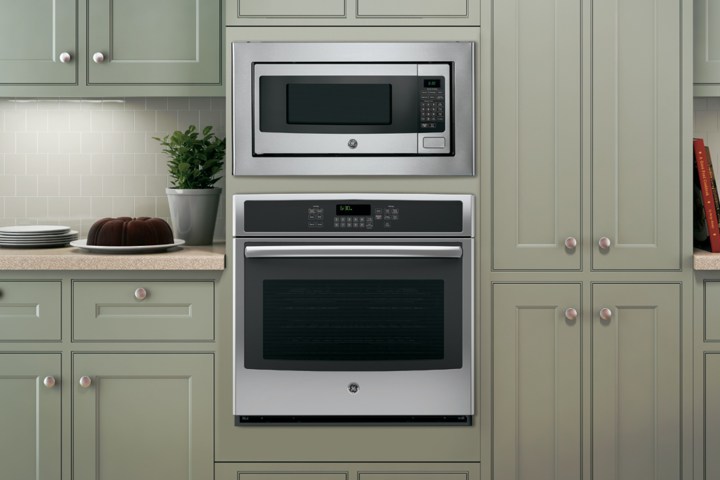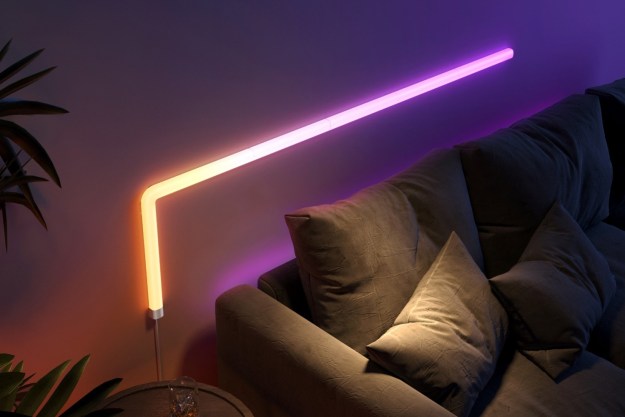
The whole big deal about the Internet of Things (IoT) is connecting sensors, devices, and apps. Smart homes and smart appliances bring IoT to the home front. Previously the Louisville, Kentucky-based manufacturer had IFTTT channels for cooking, refrigerator, and hot water heater models. Today’s announcement adds washer, dryer, and dishwasher channels to the GE smart appliance lineup.
An IFTTT channel is a website where you can select previously defined interactions between devices and applications, called “recipes.” In the channel, you can also set up your own recipes from a lineup of compatible applications and devices. For example, on the GE IFTTT cooking channel, you can select a recipe to send an alert to your Android watch when the oven timer is done. When your oven turns on, you could have it signal your Nest home thermostat to turn on the HVAC fan. If a dishwasher leak is detected, it could sent a message to all Hue lights in the house to change color to alert you.

Setting up your own IFTTT recipe in an appliance channel is relatively simple. You select a desired triggering event from a list of possibles and then select the notification or control signal to compatible apps or systems. For example, on the GE dryer channel, you could set up your dryer to send you a message on Facebook when the clothes are fully dry. Then you can let the world know you’re doing laundry.
Editors' Recommendations
- Red, green, flashing: What do my Shark vacuum’s lights mean?
- GE Lighting launches Smart Hexagon Panels with support for Alexa and Google Home
- The GE Profile Smart Mixer might be the smartest small appliance of CES 2023
- IFTTT routines for fall
- Best IFTTT Applets




